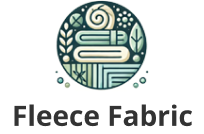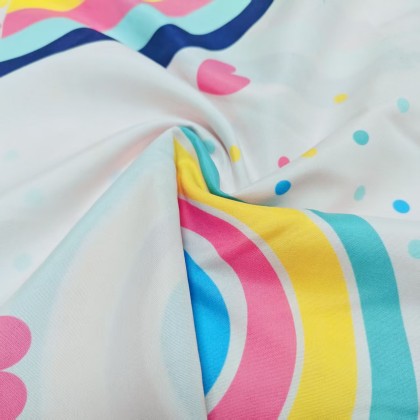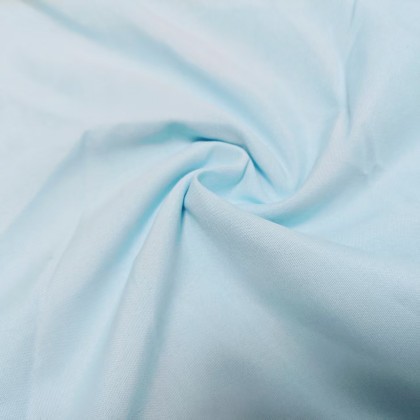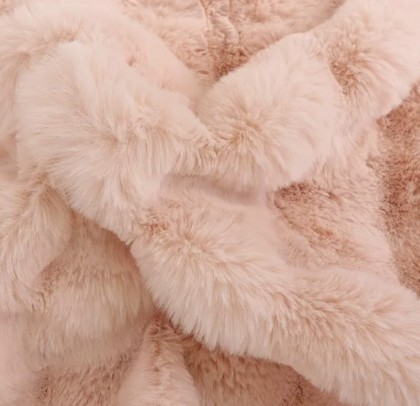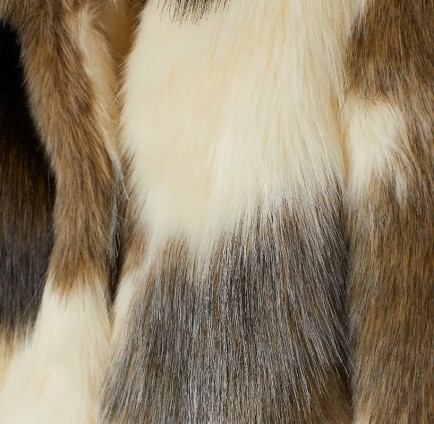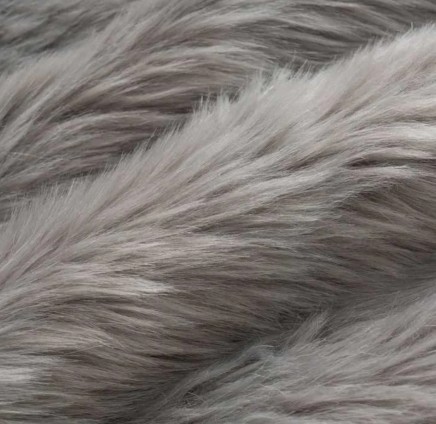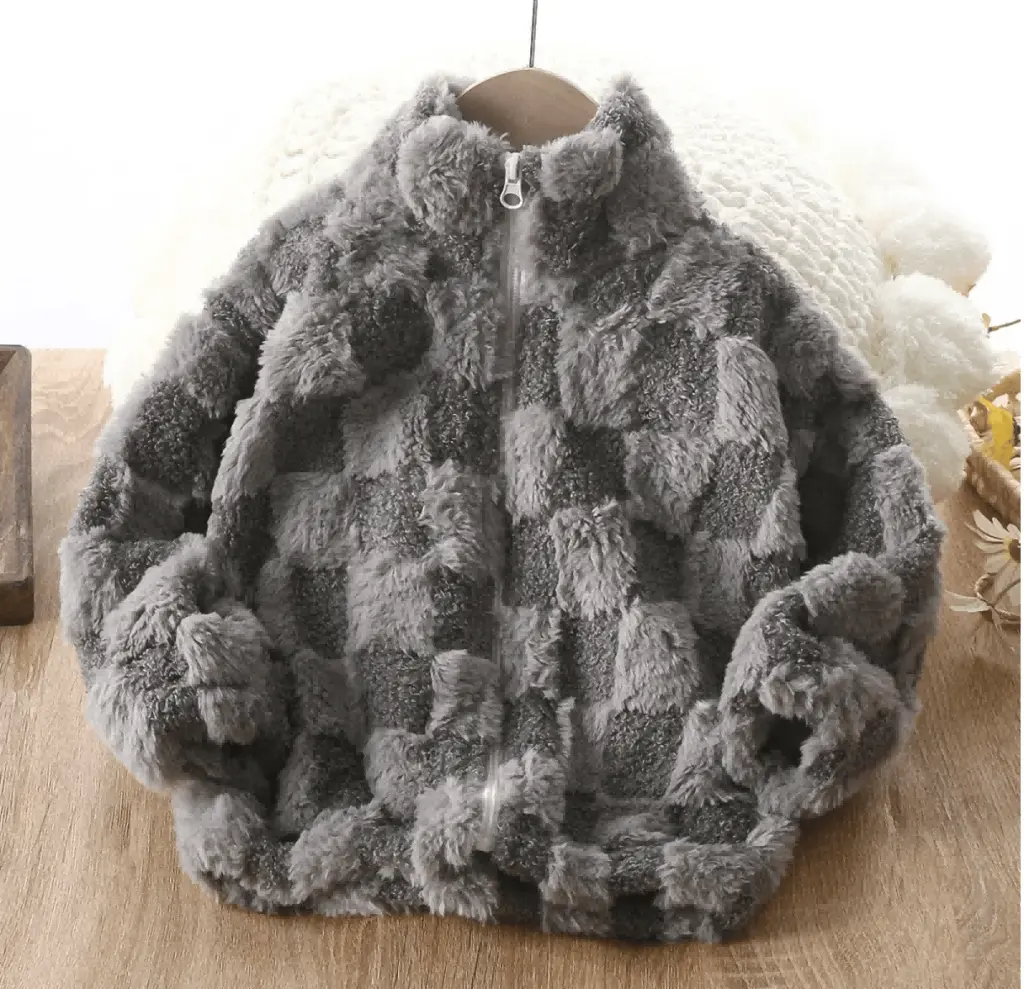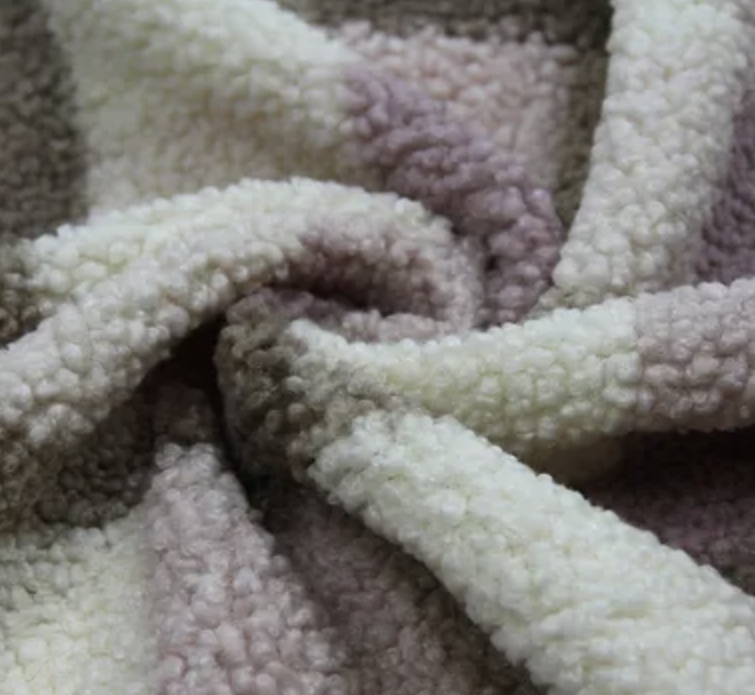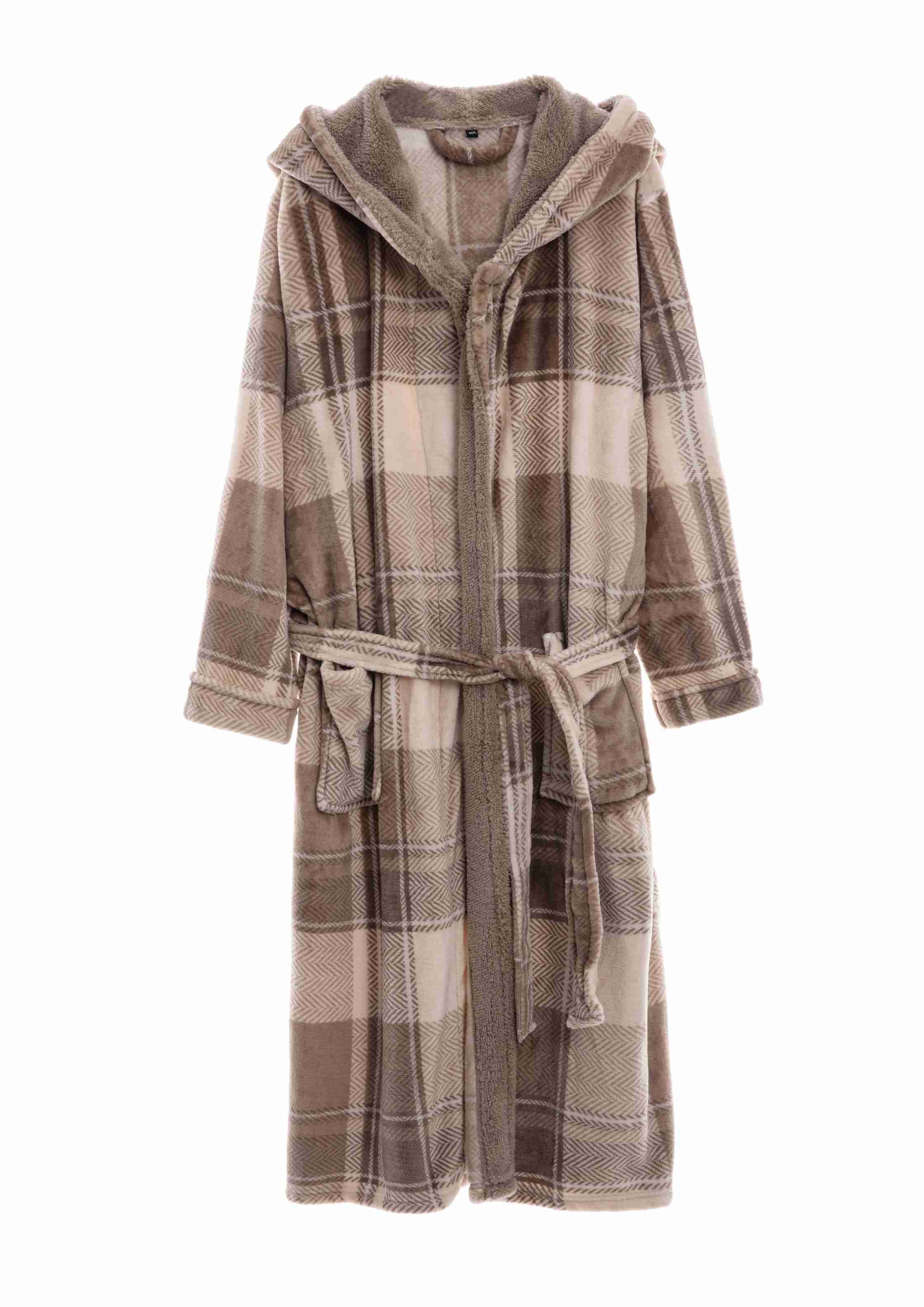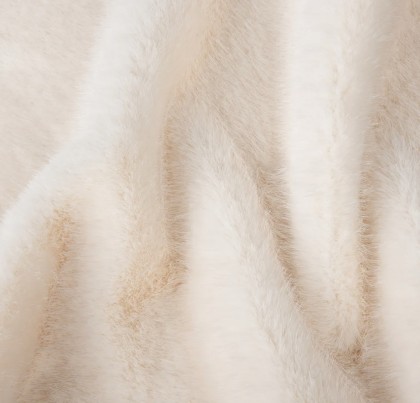Microfiber Fabric: Properties, Applications, and Innovations
Microfiber fabric, a synthetic textile composed of ultrafine fibers, has revolutionized industries ranging from textiles and healthcare to automotive and cleaning technology. Characterized by its exceptional density, durability, and versatility, microfiber is engineered to deliver performance advantages unmatched by traditional natural or synthetic fibers. This article explores the composition, manufacturing processes, functional properties, applications, and sustainability considerations of microfiber fabric.
- Composition and Manufacturing
Microfiber is typically made from polyester, polyamide (nylon), or a blend of both polymers. The term “microfiber” refers to fibers with a linear density of less than 1 denier (a unit measuring fiber fineness), making them finer than silk (approximately 1 denier) and significantly thinner than a human hair (about 20–50 denier). Advanced extrusion techniques split or shape these polymers into ultrafine filaments, often as small as 0.1–0.3 denier. Two primary manufacturing methods dominate: Split-Type Microfibers: Polymer blends (e.g., polyester and polyamide) are extruded, then split into microfilaments using mechanical or chemical processes. This creates irregular cross-sectional shapes, enhancing surface area and capillary action. Non-Split Microfibers: Polymers are directly spun into ultrafine filaments, often with star-shaped or hexagonal cross-sections to optimize performance. The resulting fabric features densely packed fibers, creating a high surface-area-to-volume ratio critical for its functionality.
- Key Properties and Advantages
Microfiber’s unique structure imparts several performance benefits: #### High Absorbency and Quick Drying The capillary effect between tightly packed fibers enables microfiber to absorb liquids up to 7 times its weight, outperforming cotton and other materials. Hydrophilic variants (e.g., modified polyester) enhance water retention, while hydrophobic types repel liquids. Its rapid drying time reduces bacterial growth risk. #### Superior Cleaning Efficiency In cleaning applications, microfiber’s split fibers trap dust, dirt, and microbes without requiring harsh chemicals. Electrostatic charges attract particles, making it ideal for dusting, wiping, and disinfecting surfaces. #### Durability and Softness Despite its fineness, microfiber resists pilling, abrasion, and chemical degradation. Its soft texture prevents surface scratches, making it suitable for delicate materials like glass or polished metals. #### Thermal Regulation and Breathability In apparel, microfiber’s moisture-wicking properties and breathability enhance comfort. Its lightweight structure allows for insulation without bulk, useful in sportswear and outdoor gear. #### Hypoallergenic Qualities The dense fiber structure minimizes pore spaces, reducing allergen retention. This property is leveraged in medical textiles and bedding for allergy-sensitive users.
- Applications Across Industries
Microfiber’s adaptability has driven its adoption in diverse sectors: Cleaning and Hygiene Reusable Cleaning Cloths: Replace disposable paper towels, reducing waste. Mops and Wipers: Used in hospitals, laboratories, and households for sanitization. Apparel and Fashion Athletic Wear: Moisture management and stretchability support high-performance clothing. Outerwear: Wind-resistant and water-repellent jackets. Lingerie and Lining: Softness and lightweight drape. Medical and Healthcare Surgical Gowns and Drapes: Barrier against fluids and pathogens. Wound Care: Non-adherent dressings that promote healing. Automotive and Upholstery Car Interiors: Stain-resistant seat covers and dashboards. Furniture: Durable, easy-to-clean upholstery fabrics. Optics and Electronics Lens Cleaning Cloths: Scratch-free polishing of camera lenses, screens, and eyewear.
- Environmental and Maintenance Considerations
While microfiber offers sustainability benefits (e.g., reusability), concerns persist: Microplastic Pollution Laundering synthetic microfiber releases microplastics into waterways. Innovations like filtration systems in washing machines and biodegradable microfiber variants aim to mitigate this issue. Care Guidelines Wash at low temperatures (<40°C) to prevent fiber damage. Avoid fabric softeners, which clog fibers and reduce absorbency. Air-dry or tumble-dry on low heat to maintain integrity. 5. Future Trends and Innovations Advancements in microfiber technology focus on sustainability and multifunctionality: Recycled Materials: Post-consumer PET bottles transformed into microfiber yarns. Antimicrobial Coatings: Silver nanoparticles or copper infusions to enhance hygiene. Smart Textiles: Integration with sensors for temperature regulation or UV protection. Closed-Loop Production: Reducing chemical and water usage in manufacturing. Conclusion Microfiber fabric represents a pinnacle of textile engineering, combining scientific precision with practical utility. Its applications span everyday consumer products to specialized industrial uses, driven by its unmatched absorbency, durability, and adaptability. However, addressing environmental challenges, particularly microplastic pollution, remains critical to ensuring its sustainable future. As research advances, microfiber is poised to remain a cornerstone of innovation in material science, aligning performance with planetary responsibility.
